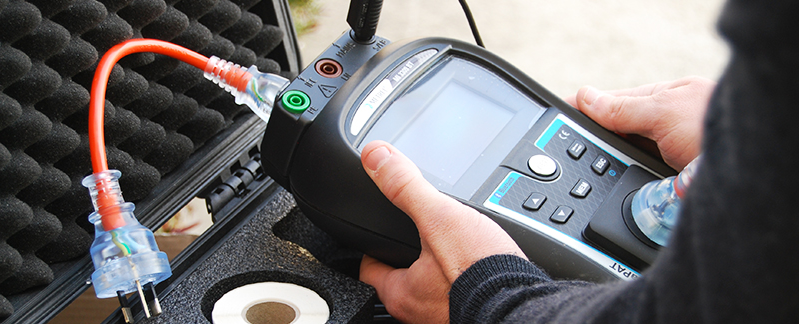Test and tag systems are essential for the service and repair of electrical equipment in the workplace. A durable, reusable test tag is required to securely attach immediately after testing and thoroughly checking to identify the test and tag number for each piece of equipment. A tag identifying test and tag number for each test and tool must be available for immediate identification and retrieval. Often a tool with an ID tag (green, red or black) is used for easy identification.
Schedule
The frequency of test and tag maintenance is determined by the manufacturer. Maintenance schedules should be established and regularly reviewed to ensure adequate identification and retrieval. Maintaining tags is essential to maintaining compliance with the Australian Consumer Law and Electrical Registration Code. The purpose of maintaining tags is to ensure that they are easily identifiable for use and re-identification. It is important to note that the Australian Consumer Law and Electrical Registration Code do not apply to test and diagnose electrical appliances.
The test and tag industry is a $3.5 million sector in Australia. The test and tag industry is regulated by the Accreditation Council for Electrical Registration Scheme (ACERS). The ACERS provides a list of qualified persons who can perform testing and providing training to others in the industry.
Equipment
There are several types of test and tag equipment. The most common type is the portable appliance tester. This is a special tool that identifies the type of electrical equipment attached to a fixed appliance. It can be attached to the appliance, turned on and then inspected for any signs of damage or problems. If there are no problems, the attached test strip is marked and removed from the appliance for subsequent testing.
Another special test strip is known as the 3760 standards. This test strip is used for testing and diagnosing electrical appliances, such as televisions, computers and cell phones. It can also detect faults with fuse holders. When attached to an appliance, the 3760 standard test strip displays the ID number of the fuse holder.
Another form of test and tag is known as the durable tag test. This is a special type of label applied to a particular component, such as an electrical plug, and then removed for testing and evaluation. The reason why this is considered a durable label is that it will not become damaged if it is removed for testing or diagnosing purposes.

Frequency
The test and tag frequency are regulated by the ACERS. To comply with their regulations, test and tag frequency must be at least once per year. This frequency is specified in the Australian Standard for Electrical Certificates. If this frequency cannot be met, then this equipment is considered to be not per the Australian Standard. This will result in immediate action being taken to remedy the problem.
You will need to ensure that all employees and employers are aware of the need for test and tag compliance and follow the rules and regulations. There are many resources available to help you comply. If you are using hire equipment, ensure that your employees use the appropriate tags. When they wear the appropriate tags, there will be no confusion or danger related to the test and tag process.
In addition to ensuring that test and tag compliance is followed, you must also regularly test and tag electrical equipment. All employees and employers must be made aware of any changes to the test and tag procedures. For instance, some tests may need to be conducted on a particular type of electrical equipment, such as a fuse. When the fuse is tripped, there should be an employee who can identify the problem. This could include making the test and tag for a different type of fuse.
Other Areas
The test and tag process is not limited to the workplace. Any time you have electrical equipment used in other places, such as schools or businesses, you should also have a test and tag team. When an employee or an employer uses electrical equipment in another location, it is important to test and tag the equipment. It is important for peace of mind among all parties. For schools, the frequency of testing can vary depending on the age and level of exposure of the students.
There are two ways to test and tag appliances. First, you can physically test the appliance or ask the installer to place the equipment in a visible and accessible location. Next, you can conduct visual inspections. For this, you would place the appliance or a visual inspection component inside the visible portion of the room and then visually inspect the appliance from different angles. Both of these methods should ensure that the person using the appliance knows what to do in the event of an emergency or fire.

